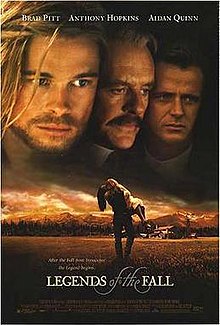The years after the Stock Market Crash of 1929 were full of
poverty, bitterness and just harsh times. There were massive cut in wages and
employment; the rich were poorer, the poorer were barely hanging, many have
lost it all and the country was waiting for the government for solutions but
none were permanent.
In contrast there was uplift in the arts.
- The Works Progress Administration, where unemployed artist were hired to paint murals on federal buildings.
- The Farm Security Administration, where unemployed photographers where hired to document the lives of homeless families, unemployed workers, and southern tenant farmers.
- Some of these great camera artists were: Dorothea Lange, Walker Evans and Ansel Adams.

Franklin Roosevelt’s New Deal were programs created in
response to the Great Depression.
- The "First New Deal" (1933–34) dealt with diverse groups, from banking and railroads to industry and farming, all of which demanded help for economic survival.
- The "Second New Deal" in 1935–38 included the Wagner Act to promote labor unions, the Works Progress Administration (WPA) relief program (which made the federal government by far the largest single employer in the nation), the Social Security Act, and new programs to aid tenant farmers and migrant workers.

Wikipedia
For these week’s movies you surely know Annie, this one is the 1999 version.
There are as well documentaries of video and people's experiences about living during the 1930'3, reflecting different parts of what was going on during the time.
There are as well documentaries of video and people's experiences about living during the 1930'3, reflecting different parts of what was going on during the time.
For a complete video about the great depression and why it
was caused I would suggest this video 1929: The Great Crash. It is the
complete history of the two decades, 1920’s and 1930’s, filled with videos from
the time and historians words; a really interesting and completely informative
documentary.











